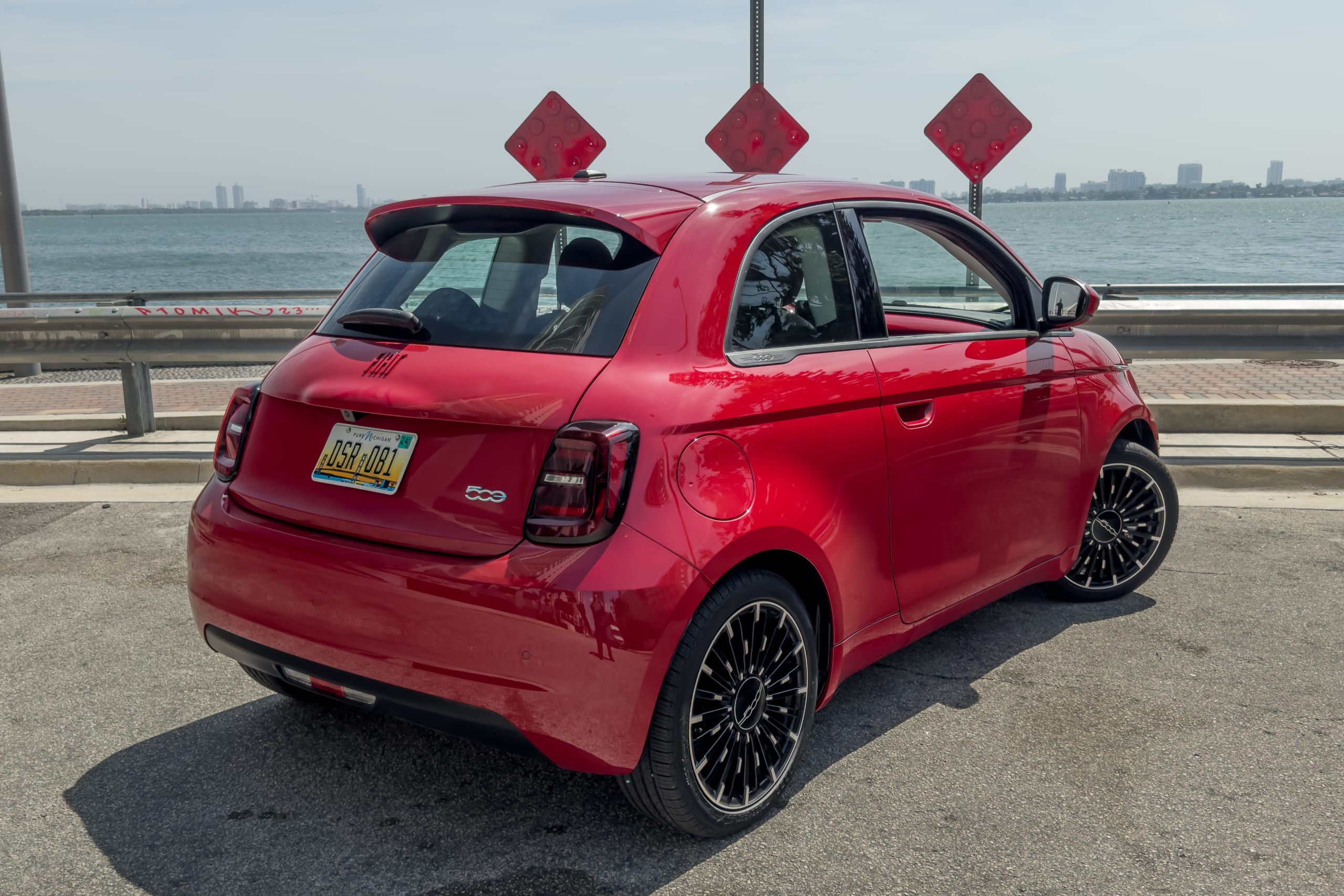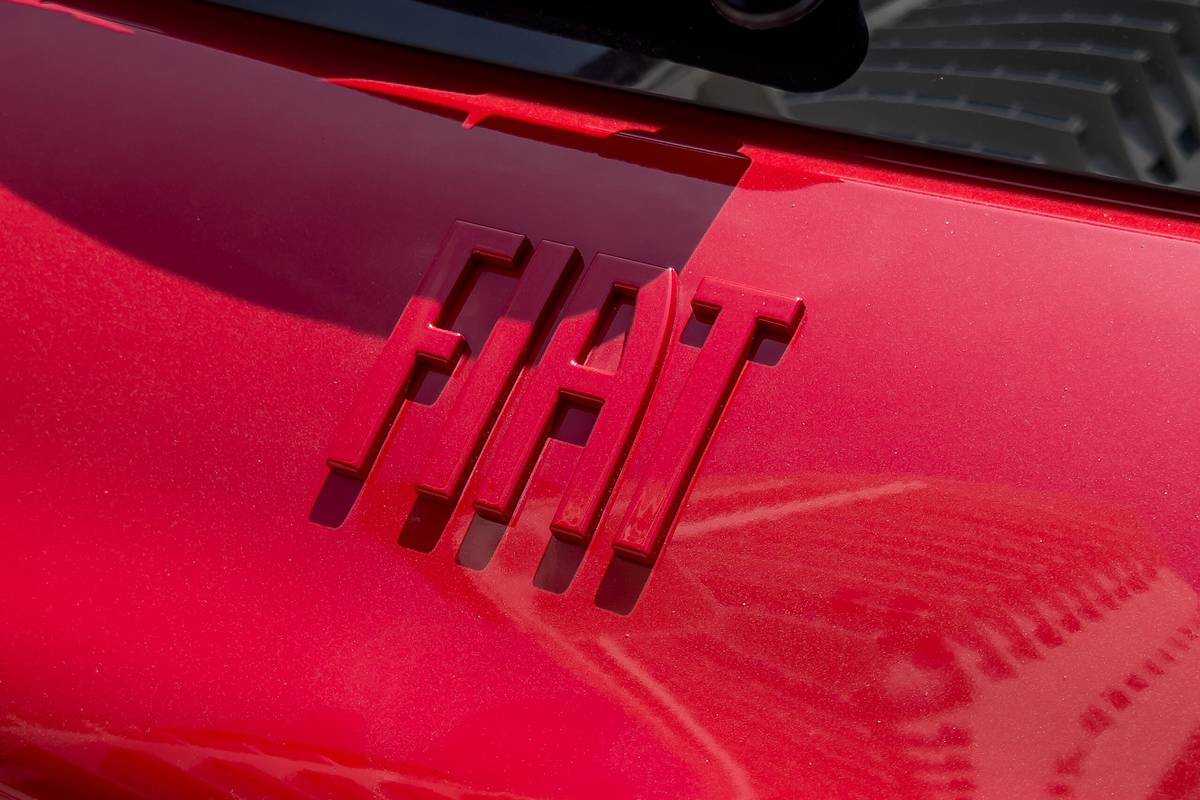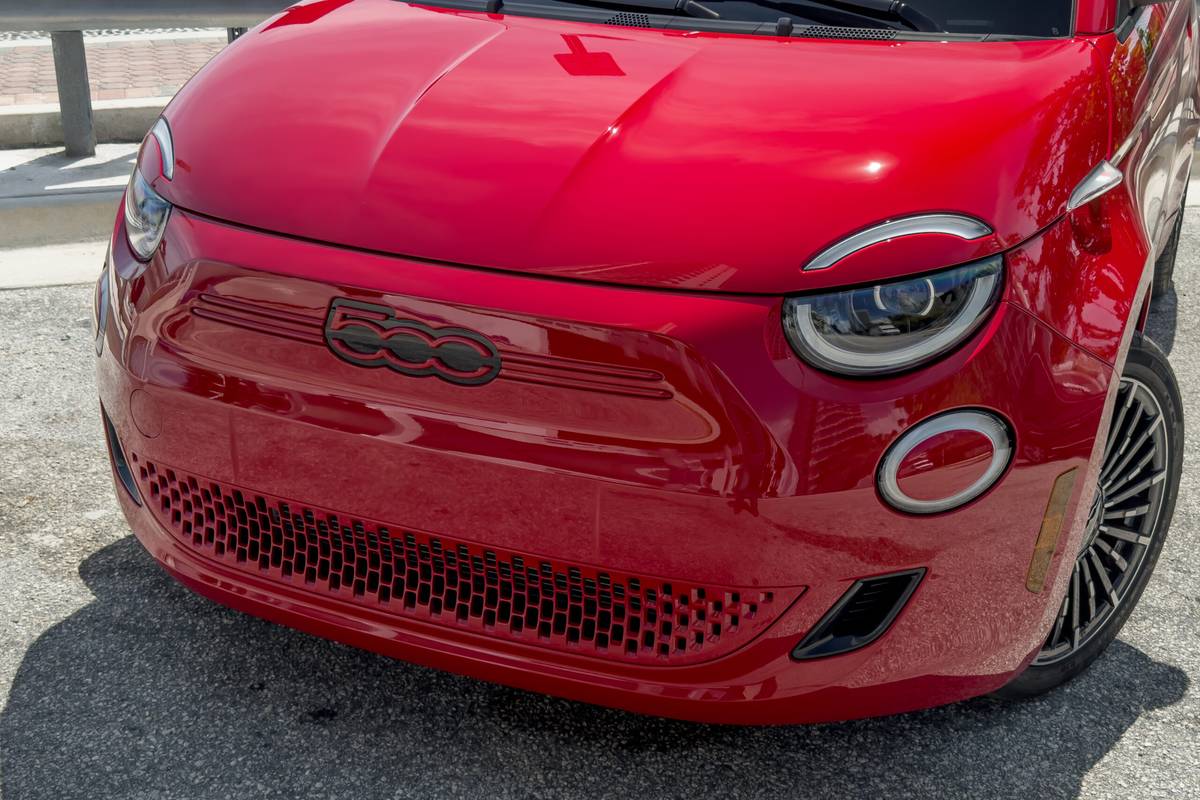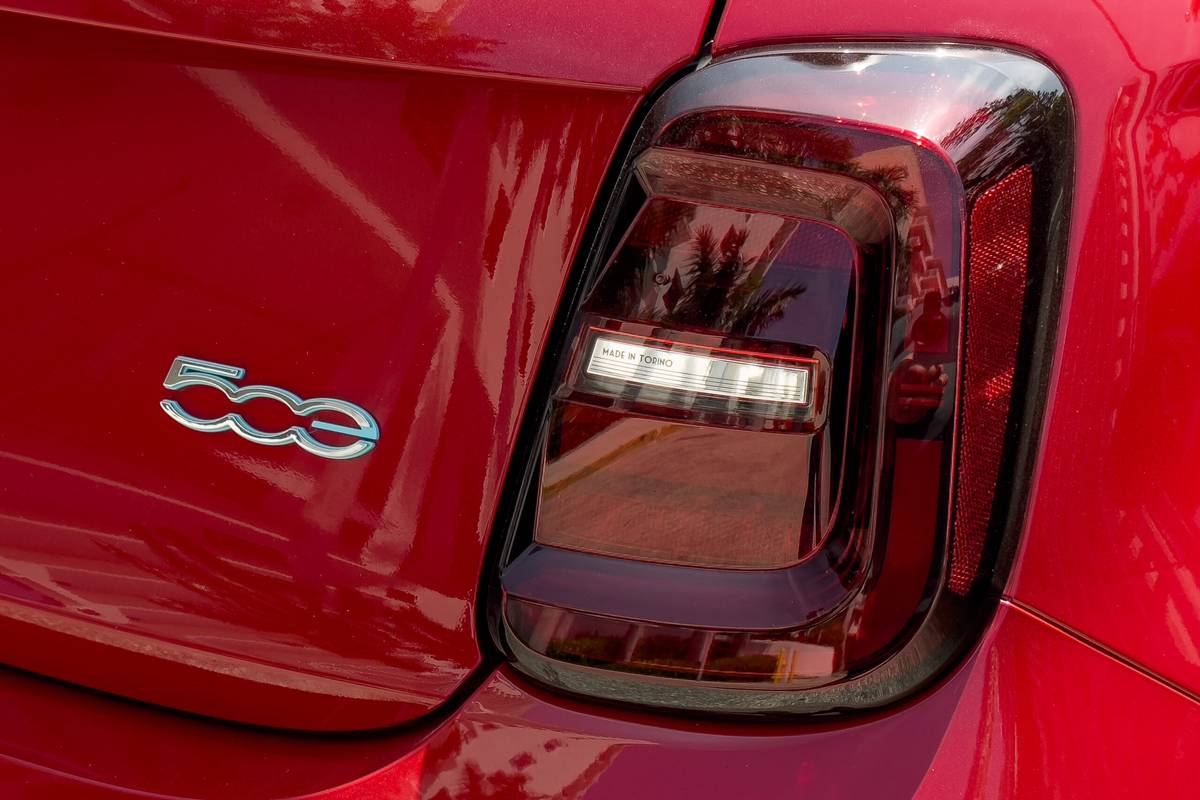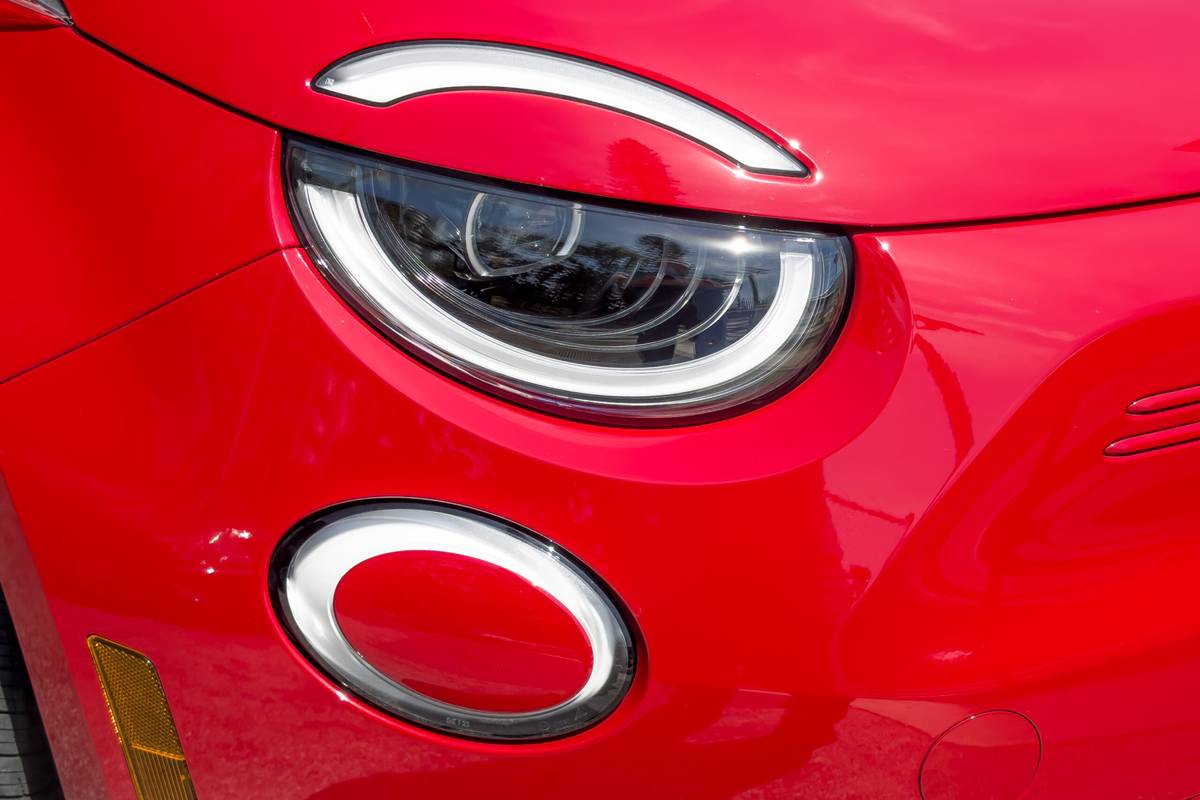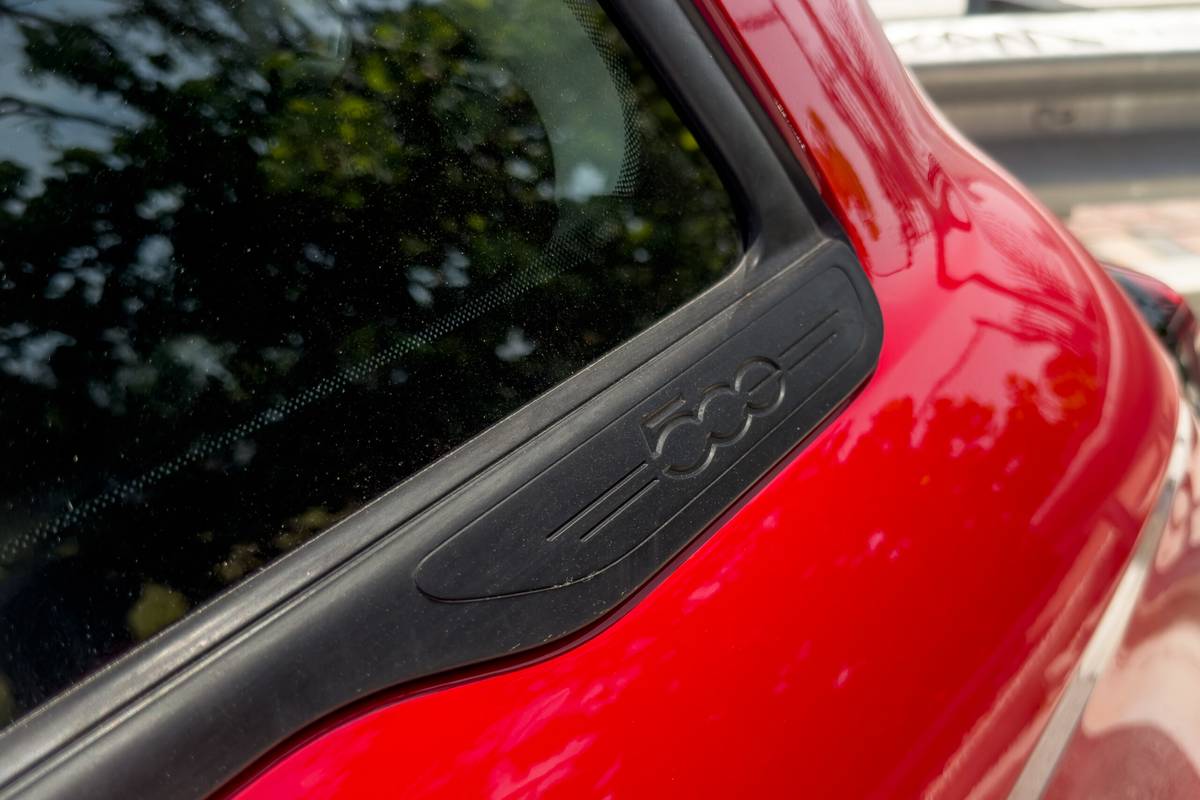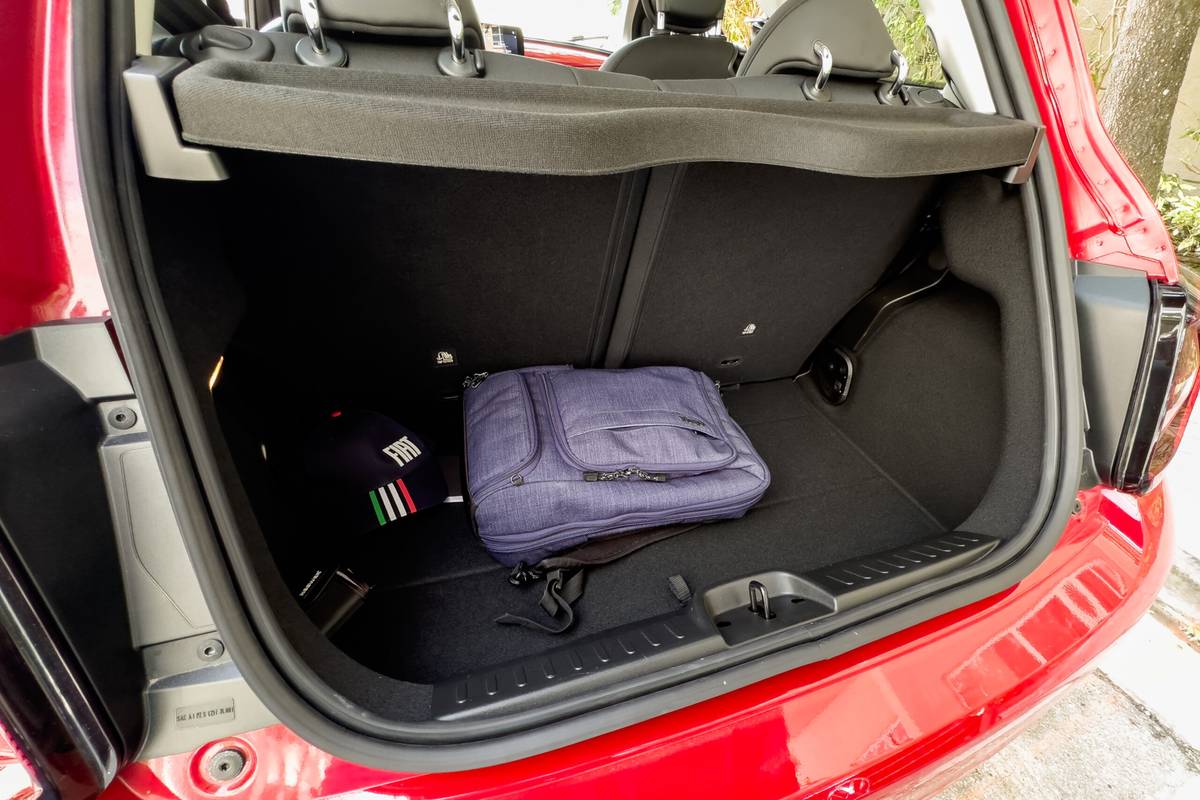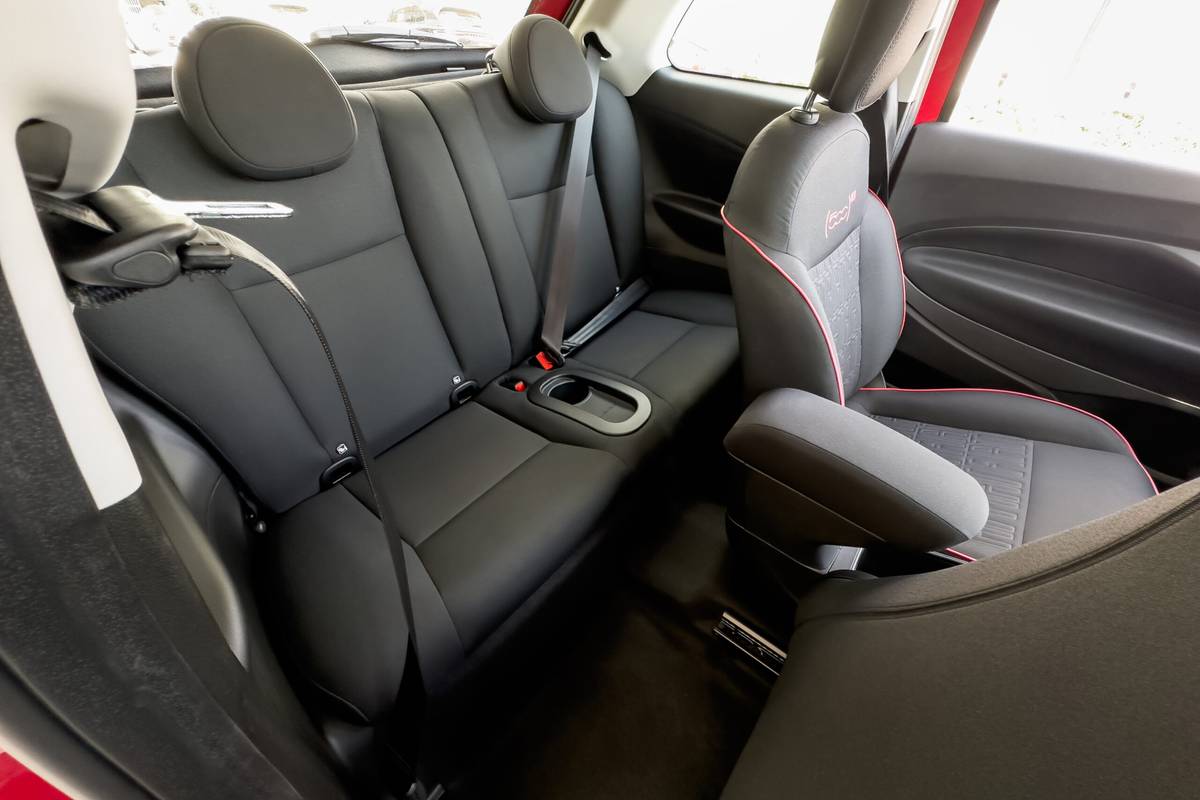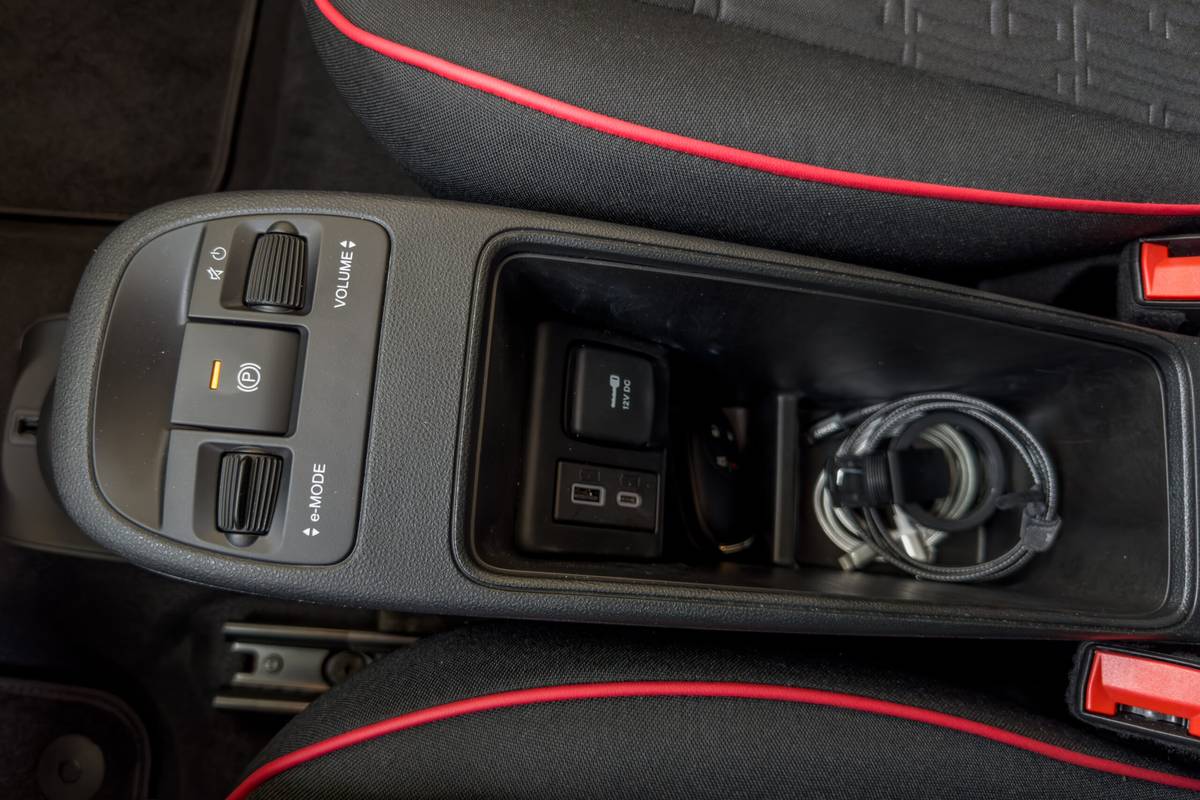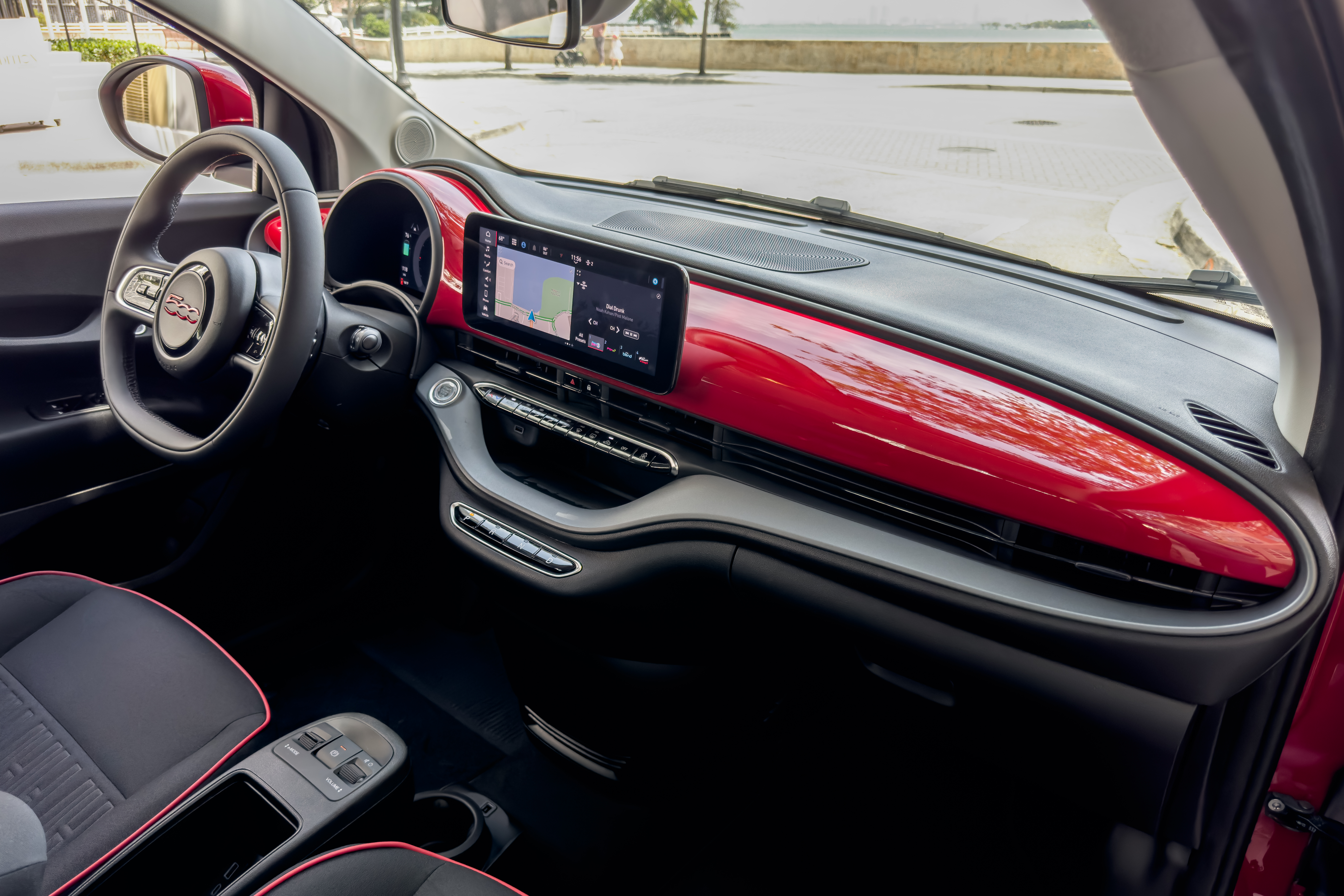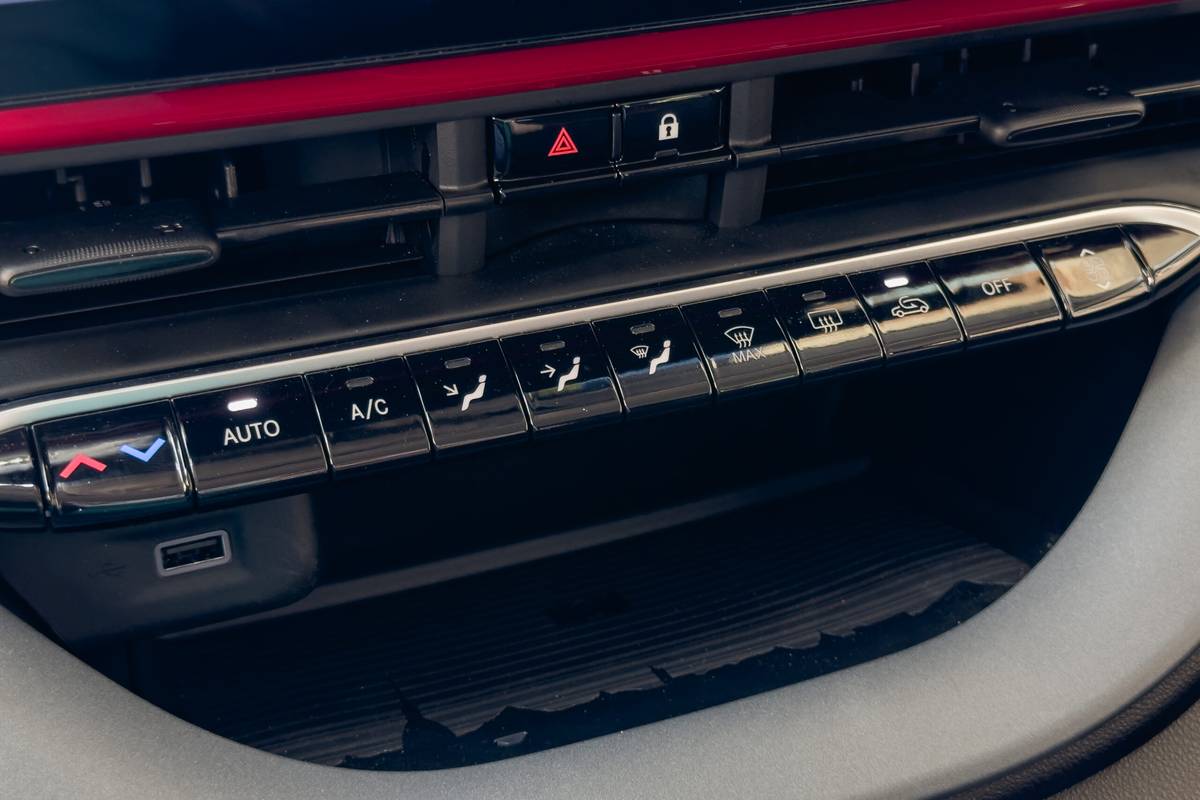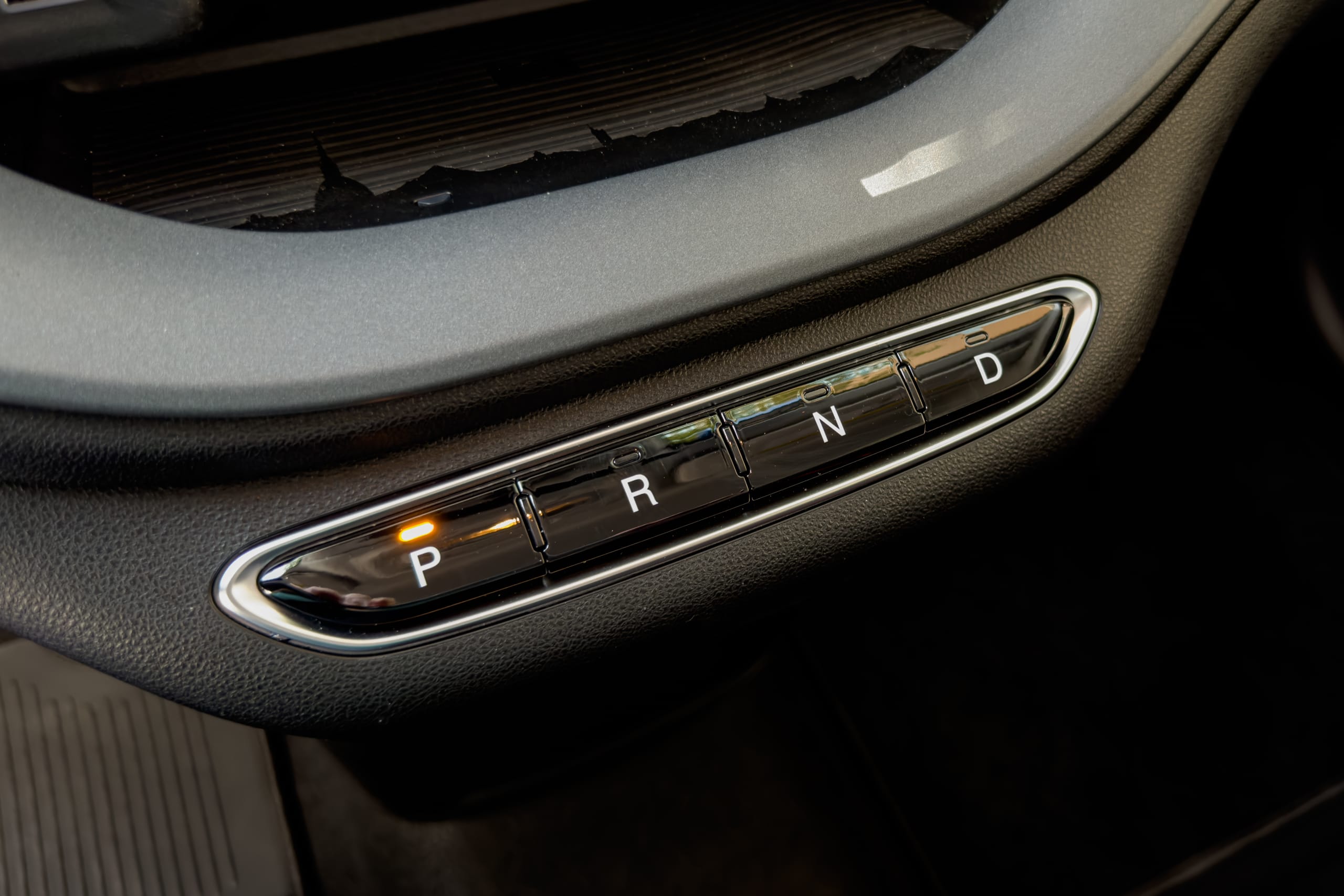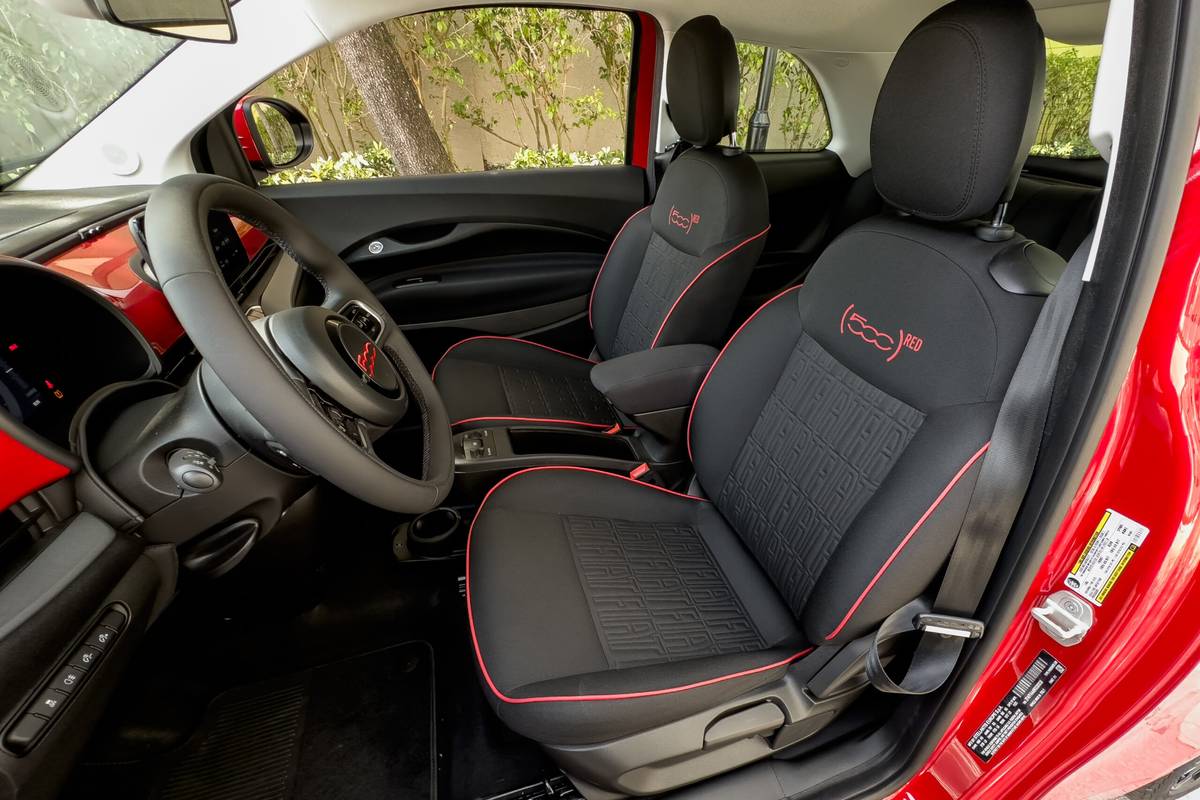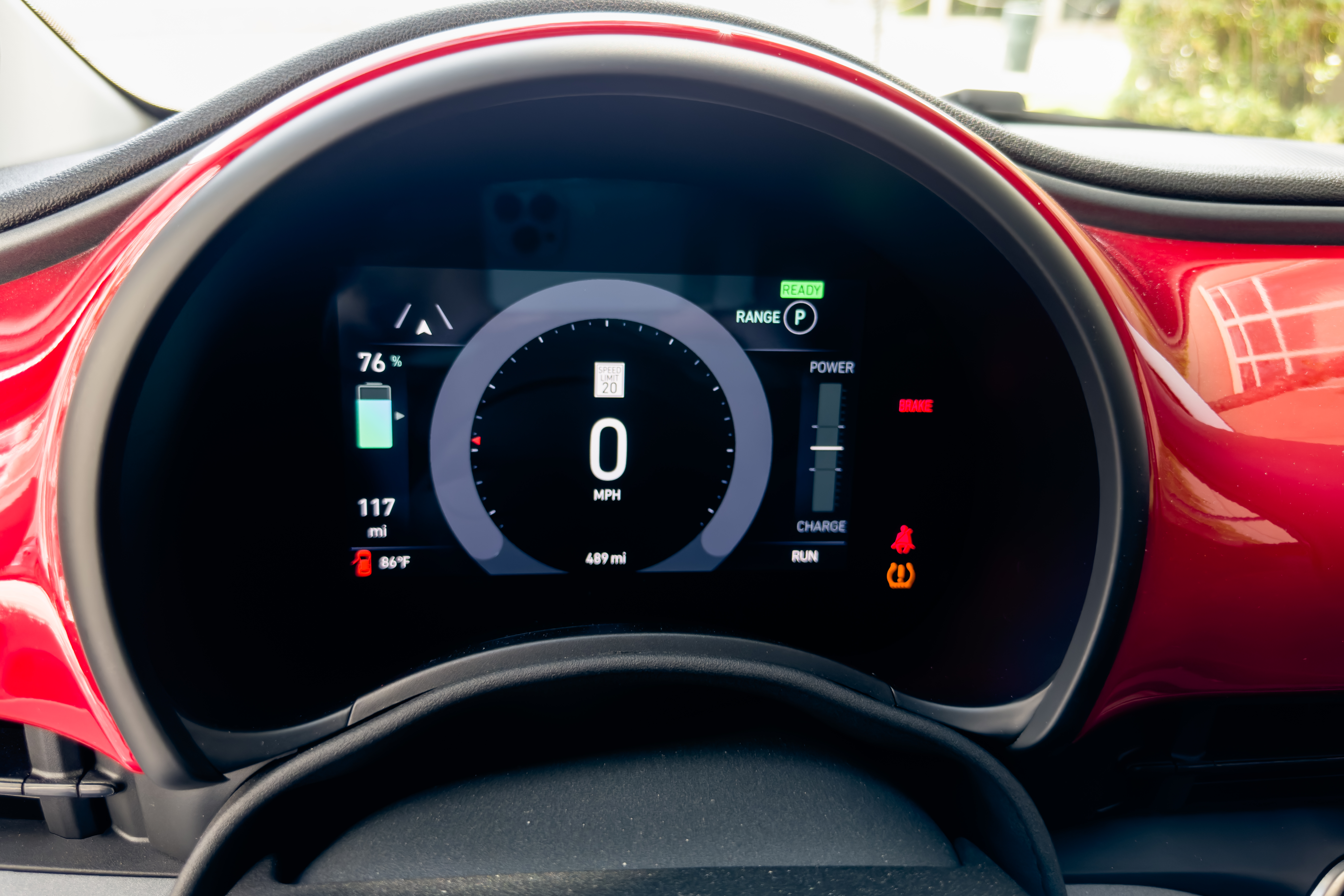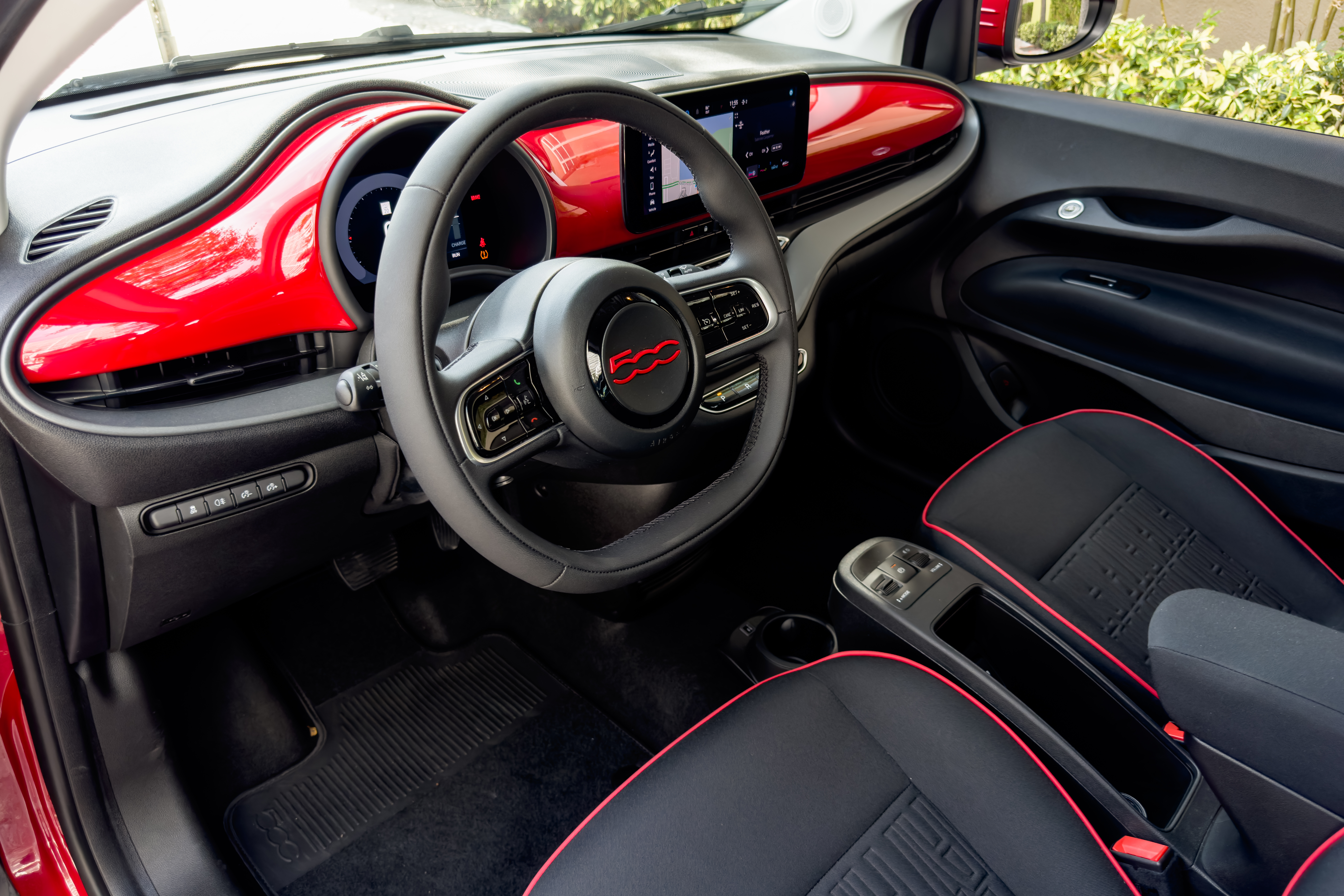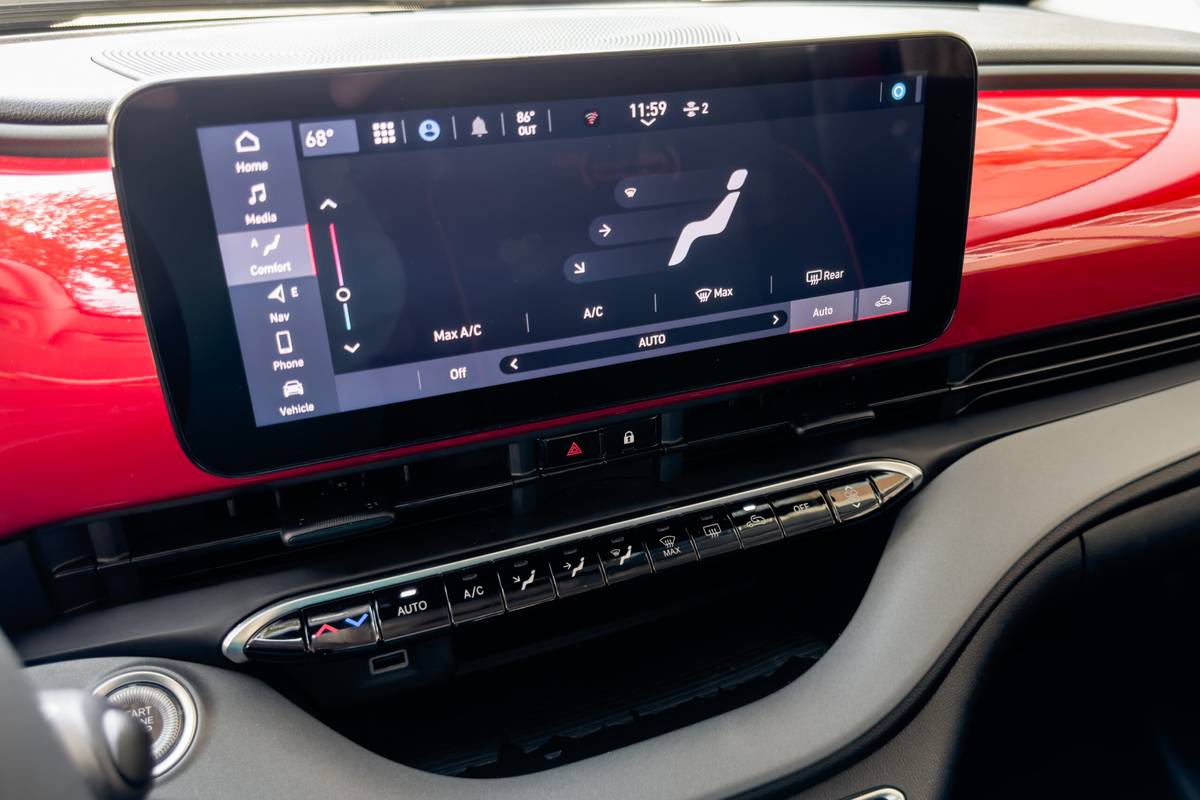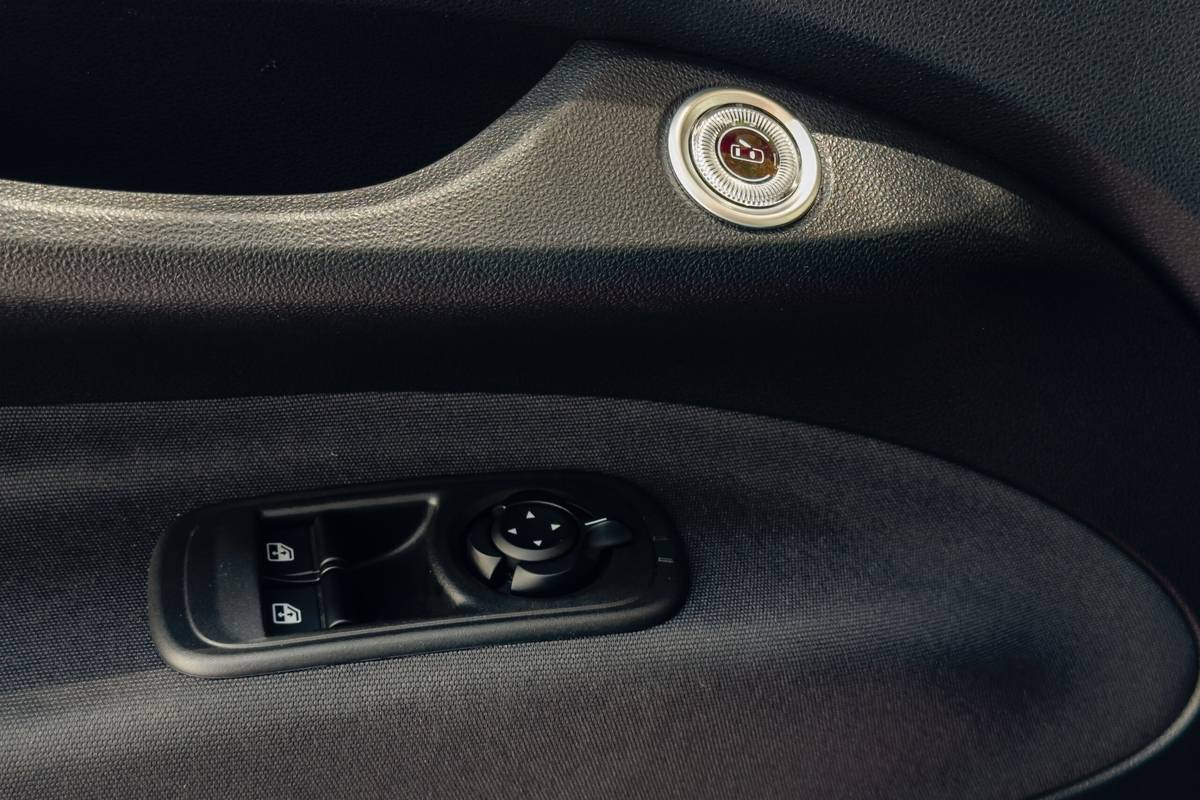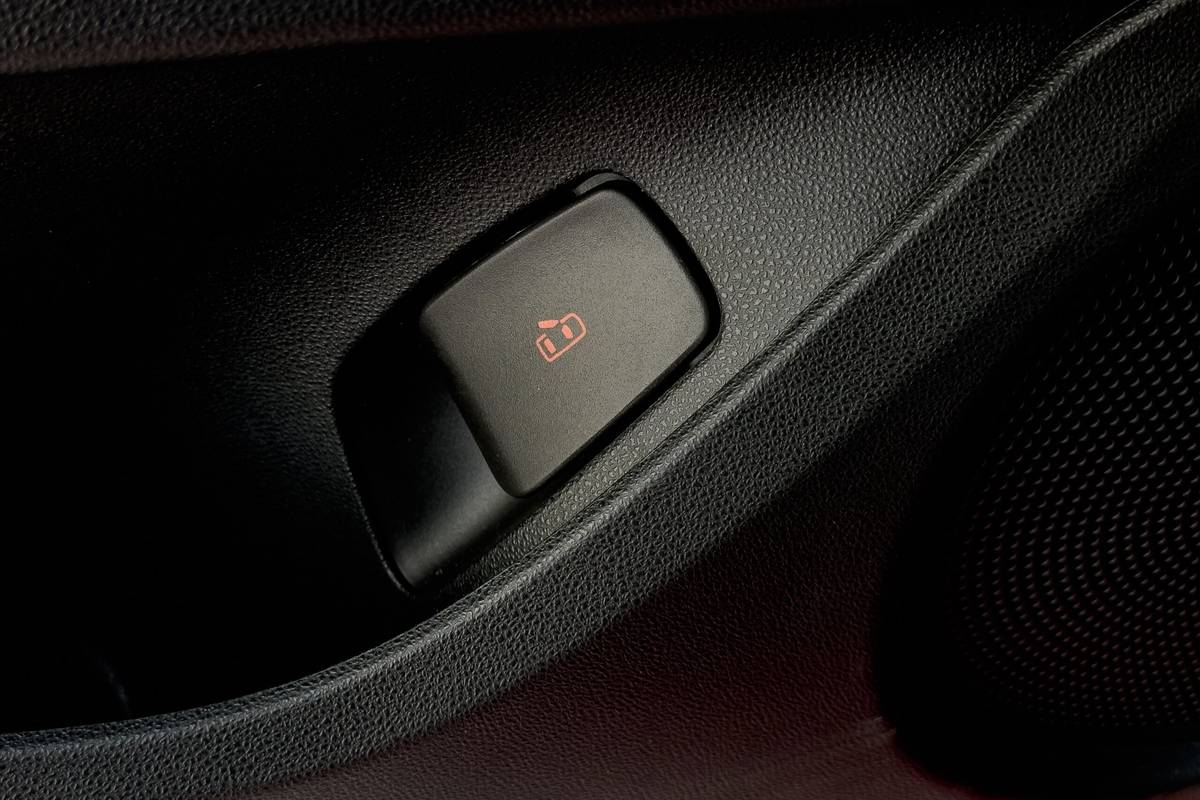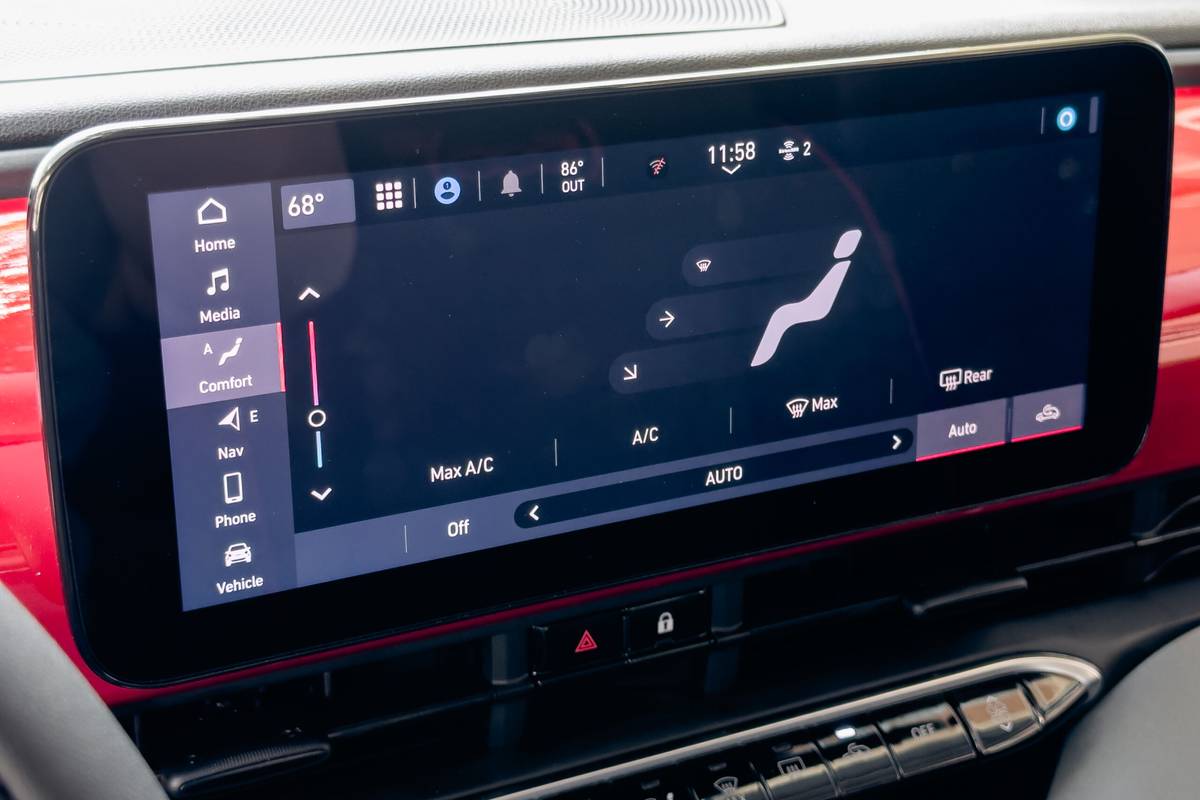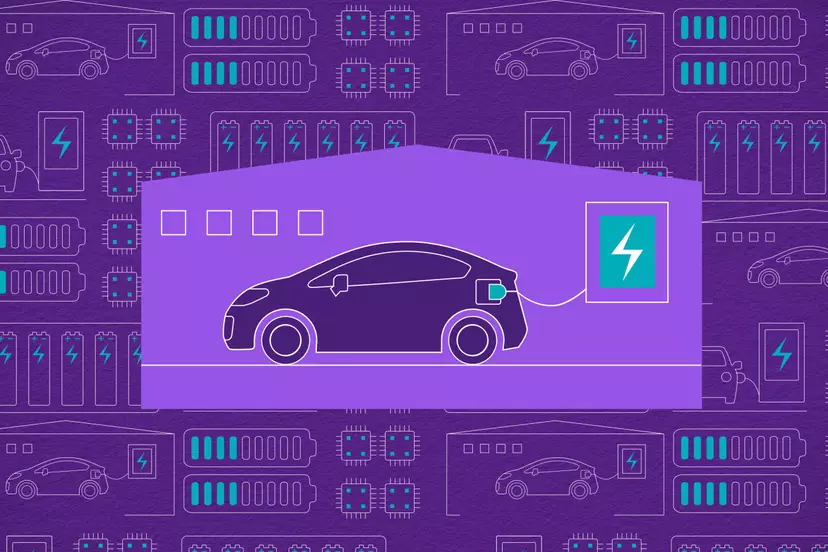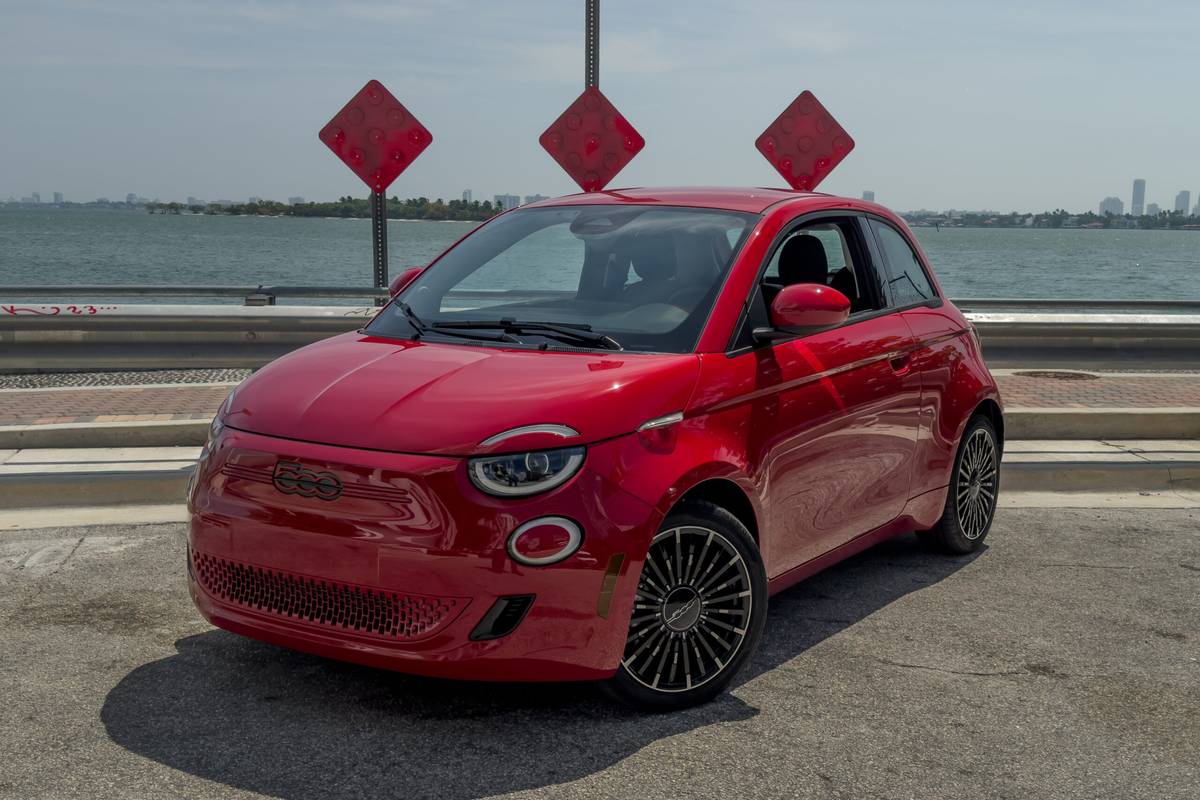
Last decade, Italian brand Fiat introduced the original 500e electric city car as something called a “compliance car.” That means the brand basically did it because it had to — the state of California required a certain percentage of cars sold there to be zero-emissions or else an automaker would face penalties. So Fiat stuffed an electric powertrain into the 2013 500 and mostly sold them in California and Oregon. It turns out owners loved them, as they were small, zippy, fun to drive and came in riotous color schemes. Though production of the original 500e stopped in 2019, they’ve become something of a cult classic in the used-car market, finding their way slowly across the country to places they were never sold.
Fast forward to 2024, and Fiat is bringing a new 500e to the U.S. market — but it’s not a compliance car or something cobbled together in haste. No, this new 500e is a fully baked, all-new electric vehicle and is the only version of the 500 being sold worldwide. All 500s are now going to be electric and have been in other countries since Fiat introduced this model nearly four years ago. The pandemic put a delay on reintroducing the car to the U.S., but it is finally arriving in the few remaining Fiat dealerships later this month. But what is it? How is it different from the last one? Is it better? Bigger? More expensive? We recently traveled to Miami for a very brief spin behind the wheel of the new 2024 Fiat 500e (per Cars.com’s ethics policy, we pay for all travel and lodging for such manufacturer-sponsored events), and while we came away enjoying the little car, we can’t help but think it’s going to be just as hard a sell to American customers as the last 500 was.
Related: 2024 Fiat 500e Goes Upmarket as Electric Compact Middle Child
Bigger Than Before, But Still Very Smol
The new 500e’s marketing plan is banking on the idea that people are going to think it’s ridiculously cute and trendy. And it undeniably is; the unique face, the standard 17-inch wheels on the base (500e)RED version and the patriotic details, like Italian flags, in the front fender marker lights all look very chic, European and stylish. And the 500e is bigger than before, too — it sits on an all-new platform called the STLA City that’s 2.4-inches longer, 2.4-inches wider and 1.6-inches taller than the last 500e we saw for sale here. The bigger size is noticeable, especially when seeing a new 500e parked next to the last one. The wheelbase has grown a bit too, by just under an inch, and it’s all led to a bigger cabin that’s 2 inches wider and features a backseat that’s easier to get in and out of.
As Mini brand vehicles continue to get bigger, the 500e truly does feel like the more diminutive European option — it’s available only as a two-door coupe here in the U.S. (but Fiat says it’s considering bringing over the really appealing convertible model next). There’s plenty of room for two up front in the new 500e, with a wide cabin and airy window openings, despite the rather high beltline in the car. The overall shape is tall and round, but for two people using it as a commuter car around town or to and from one’s residence, it works quite well. You can park it just about anywhere, as I proved by navigating the traffic-and-pedestrian-choked streets of Miami, and the style even turned more than a few heads — likely since new 500s haven’t been seen on U.S. roads since before the pandemic.
Fiat would also like you to consider the 500e as a premium vehicle, a style and fashion accessory as much as a transportation appliance. As such, it’s going to be marketed in a different way than before, though that isn’t exactly easy to explain. There aren’t typical trim levels for the new 500e. Instead, the base model is the (500e)RED, done in collaboration with (RED), a global charity aimed at eradicating AIDS. Buyers will have only two choices: all-season or summer tires and a Level 2 240-volt charger or public-charging credits. If you want additional safety content, you have to move up to one of the two Inspired By trims: the black-painted Inspired By Music or the rose-gold Inspired By Beauty, both of which also come with additional interior spiffs but no different mechanical gear.
At odds with the desire to consider the 500e a premium vehicle, however, is an interior completely devoid of soft-touch plastics. It certainly looks stylish and slick, with glossy red touches everywhere, a handy touchscreen, plenty of features and a neat digital gauge cluster, all standard, but it feels cheaper than its price would suggest. The seat fabric feels just okay; the buttons and controls feel good but not premium; and the overall experience leaves you saying “Yeah, this is fine, but I wouldn’t call it special.”
More Power, More Range, More Refinement
The new 500e is a front-drive city car powered by a single electric motor putting out a rather slim 117 horsepower and 162 pounds-feet of torque. This is a bump from the 111 hp and 147 pounds-feet the prior 500e produced, but the overall weight of the car hasn’t changed much — both the old model and the new one weigh less than 3,000 pounds. But where the old 500e felt sprightly and nimble, the new one feels calmer and more refined. It still has the tight turning circle that a car this small should have, but it doesn’t have anything like a “sport” mode — the three driving modes it does have (Normal, Range and Sherpa) are all meant to extend the driving range of the 500e, not boost its performance potential.
Normal behaves, well … normally, with minimal brake regeneration and very direct throttle tip-in. Range is the one-pedal driving mode, with much more aggressive (but not too aggressive) regen. Sherpa is meant to maximize range, shutting off the climate control and other auxiliary systems and limiting acceleration in order to squeeze every last mile out of the battery. The 500e is lighter than the car it replaces, an amazing feat given its bigger dimensions and much larger battery (42 kilowatt-hours, with about 38 kWh usable, according to Fiat engineers). The 500e’s higher-capacity battery allows for a manufacturer-estimated range of 149 miles (the EPA has not yet released official figures). The old one was rated at 84 miles from its 24-kWh battery, so this is a significant improvement — and if you engage Range or Sherpa mode, that predicted range goes up. I observed as much as 165 miles.
Charging can be done on a Level 1 120-volt plug, taking up to 37 hours to fully charge the car, according to Fiat, but most folks will do it on a Level 2 240-volt system, which enables the car to go from 0%-100% charge in about six hours at 11-kilowatts. The 500e does have DC fast-charging capability, something the old one didn’t have, and it’s claimed to go from 0%-80% (which is odd, as most automakers assume at least a 10% state-of-charge starting point) in 35 minutes at a maximum 85 kW. That’s not particularly quick, but the battery isn’t particularly big — having a faster DC fast-charging rate in a battery this small “would be like filling a balloon with a jet engine,” according to Fiat, with the same kind of predictable results. So the 500e charges decently quickly, but not super quickly and not as quickly as a lot of products we’ve seen from Hyundai and Kia in particular.
Perfect for Somewhere, But Maybe not Here
My brief drive of the 500e in humid Miami heat with the air conditioning on full blast didn’t do much for allowing predictions on range or charging speed — those will have to come with a full review when the car becomes available for testing at our offices. Overall, however, it’s a comfortable, decidedly quiet, nicely damped little commuter car. Does it have sufficient range and charging speed for U.S. customers? No, likely not. It might be a great little car for European urban dwellers who have plentiful charging infrastructure and don’t drive on highways between cities frequently, but the idea of the American urban dweller picking this over a Tesla Model 3, or even a used Honda Civic hybrid, remains a stretch. Commuting, for many people, fell out of fashion during the pandemic, and people living in crowded American cities often only have street parking, making charging anything difficult.
The price makes it another challenge — $34,095 (including destination) for the Red, or $37,095 for the Inspired By models with the advanced safety systems and different colors. Being made in Italy and imported, the 500e doesn’t qualify for the federal $7,500 purchase tax credit but will qualify for it in a lease deal (which Fiat is still formulating; more on that when it becomes public). This makes it on the cheap end for EVs right now, but with prices for used Teslas plummeting, picking up a much larger, much longer-range used Model 3 is a viable option for anyone looking for a relatively inexpensive EV.
And that’s ultimately going to be the 500e’s overall issue — a compelling reason to get one. If Fiat does bring the cabriolet version to the U.S., that model would be a very rare product — aside from the Jeep Wrangler 4xe, there isn’t another plug-in convertible on the market here. But in coupe form, the 500e doesn’t have the range most Americans feel is necessary, doesn’t charge as quickly as competitively priced alternatives, and it’s not as spacious as those models, either. It has undeniable style and refinement — and lots of neat features — but the idea behind its return to the U.S. feels flawed. Anyone who chooses one over myriad other options really has to specifically want a 500e for its style, size and uniqueness. Choosing one for any other reason doesn’t make a whole lot of sense.
More From Cars.com:
- Italian Inspiration: 2024 Fiat 500e Inspired by Beauty, Music Special Editions
- What’s New With Electric Vehicles for 2024?
- What to Know Before Purchasing an Electric Vehicle: A Buying Guide
- Research the Fiat 500e
- Shop for an EV
Cars.com’s Editorial department is your source for automotive news and reviews. In line with Cars.com’s long-standing ethics policy, editors and reviewers don’t accept gifts or free trips from automakers. The Editorial department is independent of Cars.com’s advertising, sales and sponsored content departments.





























